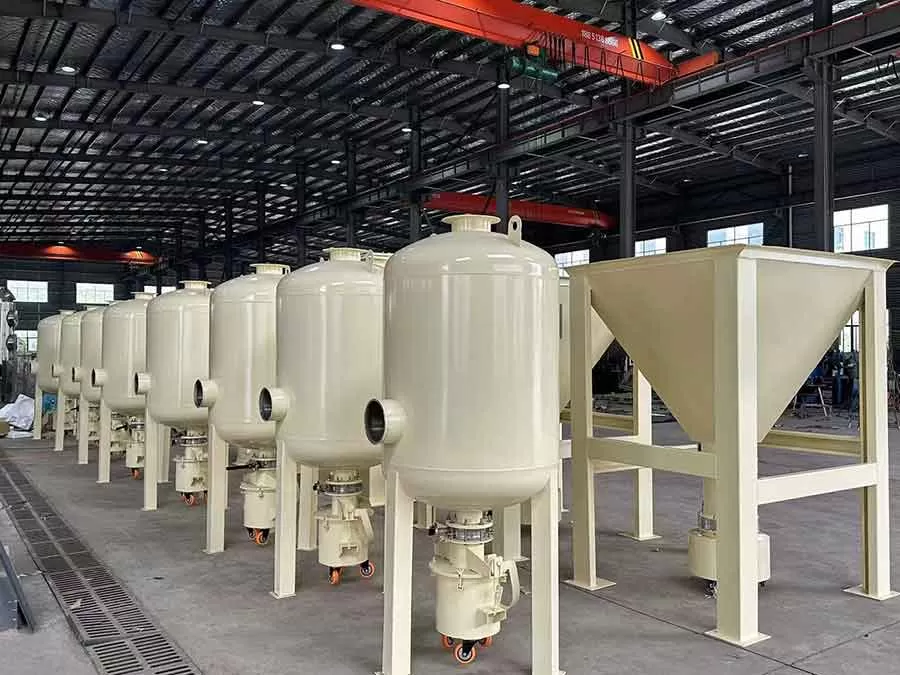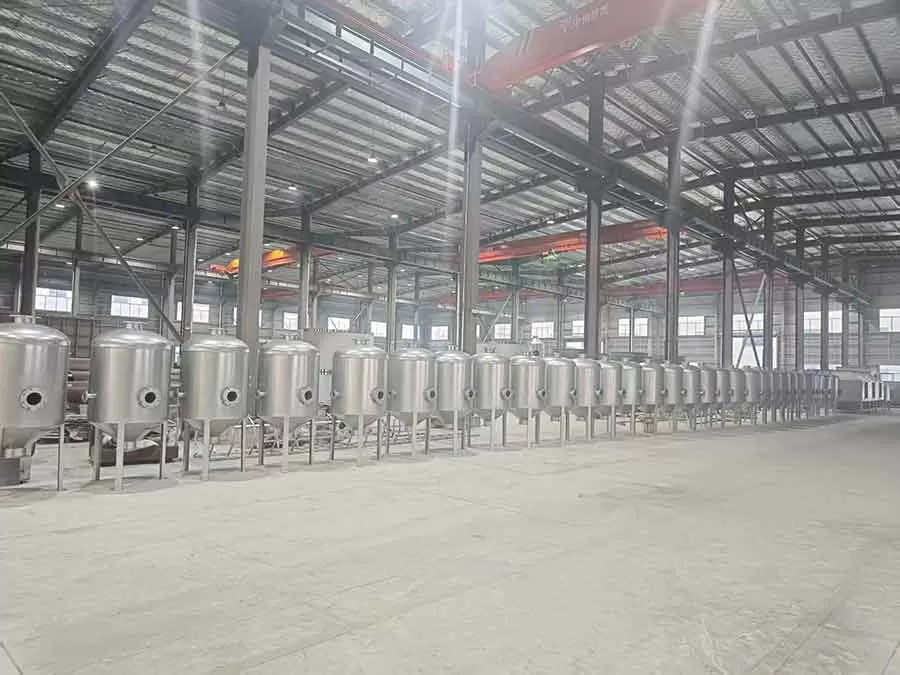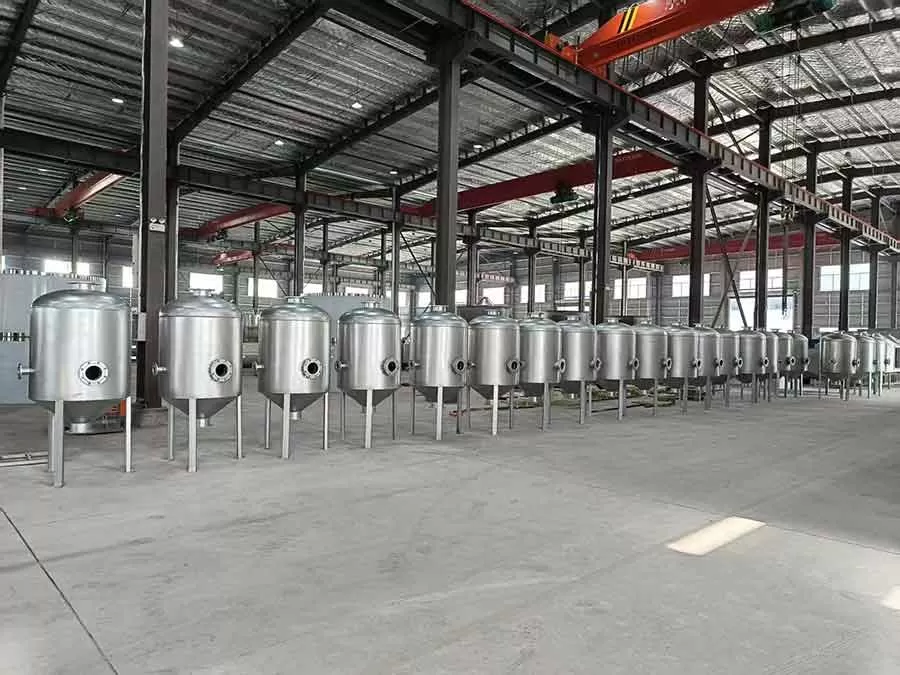Silane Combustion System
Advanced stainless steel silane combustion tower for purifying silane tail gas in monocrystalline silicon, polycrystalline silicon, and semiconductor industries.
Key Features
Product Description
Our company's stainless steel Silane Combustion Tower is primarily used for purifying silane tail gas generated in monocrystalline silicon, polycrystalline silicon, and semiconductor industries. The successful application of this equipment is a result of our technical team's assimilation and absorption of foreign semiconductor industry technology for silane tail gas purification, meeting the needs of domestic solar energy, photovoltaic, semiconductor industries, and silane gas purification generated in CVD chemical vapor deposition processes.
The Silane Combustion System is designed to safely and efficiently treat flammable and explosive silane (SiH₄) exhaust gas. It utilizes the self-ignition property of silane in air, where compressed air is forcibly mixed with silane to initiate combustion, decomposing SiH₄ into solid silicon dioxide (SiO₂) dust and water vapor. The system ensures high removal rates for SiH₄, NH₃, and other water-soluble gases, providing a reliable solution for industrial exhaust gas purification.
Working Principle & Process Flow
Silane Self-Ignition and Decomposition
The core function of the silane combustion tower is to treat flammable and explosive silane (SiH₄) exhaust gas. Its working principle is based on the chemical property of silane to self-ignite in air: when compressed air is introduced, silane reacts violently with oxygen, generating solid silicon dioxide (SiO₂) and water vapor. The reaction equation is:
SiH₄ + 2O₂ → SiO₂ + 2H₂O
This reaction releases a large amount of heat, and the flame appears deep yellow. If oxygen is insufficient, incomplete reactions may occur, producing hydrogen gas. The combustion temperature needs to be controlled within a low range (avoid exceeding 1000°C to prevent thermal decomposition of silane and hydrogen production).
Dust Separation Mechanism
Centrifugal Settling
After combustion, the dust-laden gas tangentially enters the cylinder, forming a rotating downward outer swirl. Silicon dioxide dust is thrown to the cylinder wall by centrifugal force and eventually settles into the ash collection bucket.
Gravity Collection
Approximately 80% of the silicon dioxide powder directly settles at the bottom of the combustion cylinder due to gravity.
Residual Gas Treatment
Before the remaining gas enters the exhaust pipe, nitrogen is injected for dilution to ensure the concentration is below the lower explosive limit (typically <1%). Subsequently, it is transported to secondary purification equipment (such as a spray tower) for further treatment.
Product Structure
The stainless steel silane combustion tower primarily consists of a stainless steel shell, a combustion system, and a slag removal system. It adopts a dual air intake method (compressed air plus fresh air intake) to improve product operating efficiency and reliability. The fans can be configured in a one-operating, one-standby manner, which greatly ensures the safety and reliability of this product. The internal combustion chamber is equipped with a special pressure relief device, allowing it to operate normally even if the internal pressure suddenly increases. It also features a nitrogen inlet, further enhancing equipment safety.
For dust collection, a static pressure deposition method is used, where settled dust is discharged through a slag outlet, making dust collection and treatment easier and more effective. The system achieves a silane (SiH₄) removal rate of ≥99.99% and a purification rate of up to 99.99% for NH₃ and other water-soluble gases.




